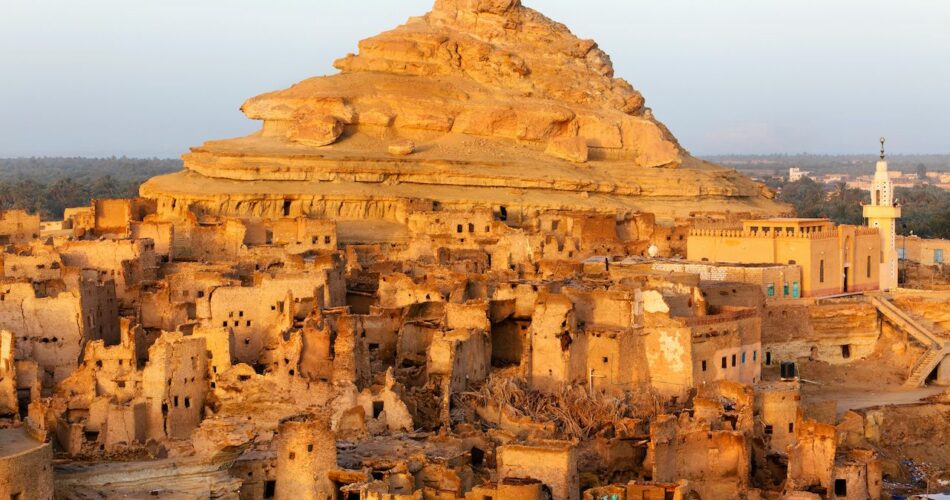More often than not, a trip to Egypt comes with a few must-see destinations, such as the Great Sphinx and Pyramids at Giza, the Luxor temple complex and the bustling streets of Cairo. But what about the country’s lesser-known historic highlights? Well, beyond the pyramids, Egypt is home to a whole host of fascinating heritage sites. In south-central Egypt, for example, you’ll find one of the oldest Christian cemeteries in the world.
Here are 7 lesser-known gems to visit in Egypt.
El Bagawat Necropolis, Kharga Oasis
The El Bagawat Necropolis in southern-central Egypt is one of the oldest Christian cemeteries in the world, comprising rows of mud-brick Christian tombs dating back as far as the 4th century AD. Even before the arrival of Christianity to Egypt, El Bagawat was used as a prehistoric burial ground. Some of the tombs have been designed as miniature chapels, with murals and sculpted facades still visible today. An on-site assistant is sometimes available to escort visitors around the necropolis and provide access to some of the locked tombs.
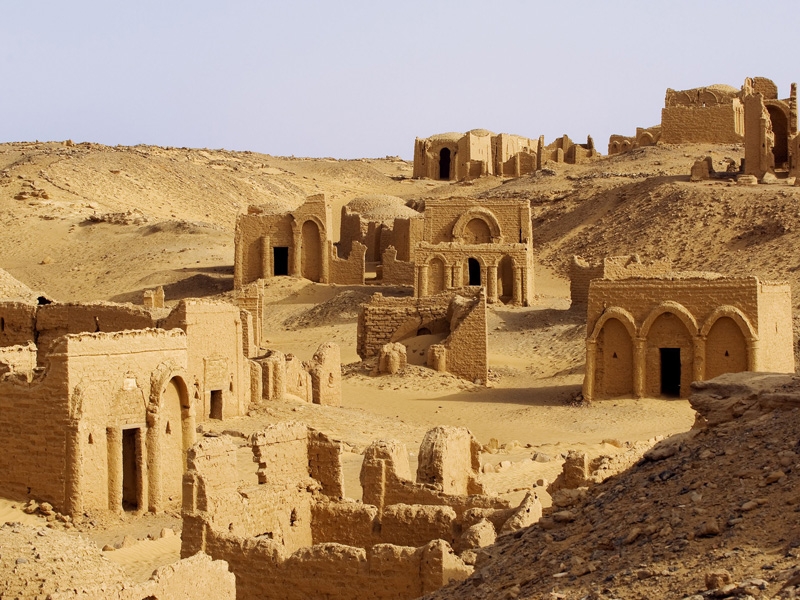
Saladin Castle, Pharaoh’s Island
Found in the Gulf of Aqaba, Pharaoh’s Island in Egypt is home to the remains of an early medieval fortress. In 1116, crusader Baldwin I of Boulogne built a castle on Pharaoh’s Island to defend Christian access to the Kingdom of Jerusalem. But the Muslim forces of Saladin – the first Sultan of the Ayyubid dynasty – captured the castle in around 1170 and expanded it.
Today, a number of operators offer tours to the island – located just 250m off the Egyptian coast – where the scenic ruins can still be explored. Visitors to Pharaoh’s Island must book in advance for the chance to explore the castle, otherwise you are restricted to viewing the fortress from your boat or the shore.
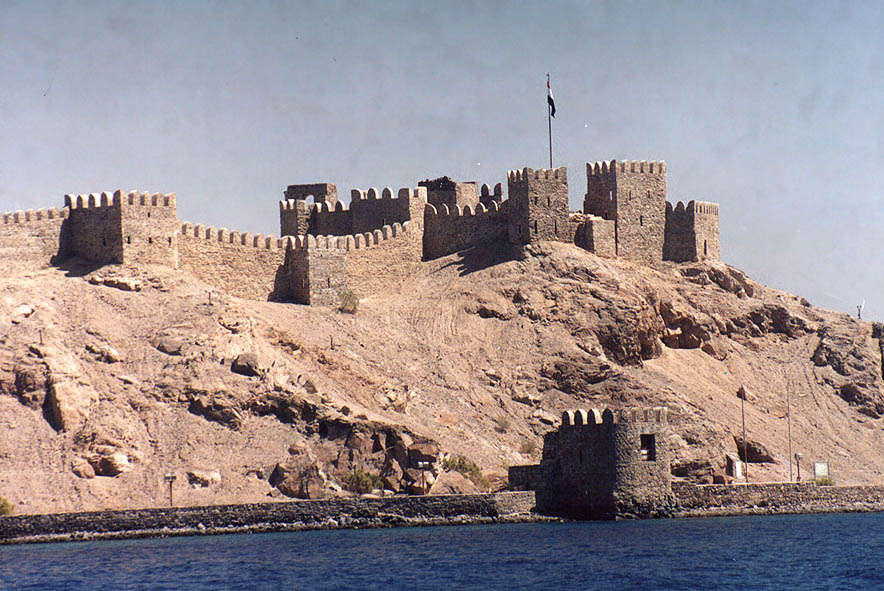
Shali Fortress, Siwa Oasis
Situated in the Siwa Oasis in northwest Egypt, the Shali fortress is a towering mud-brick structure dating back to the 13th century. Once five stories high, it offered refuge to an entire community, until a prolonged bout of rain in the 1920s devastated the structure and forced many residents to move elsewhere.
Portions of the 13th-century structure still stand today, including the old mosque. But be warned: this really is a hidden gem. Those planning a trip to Siwa should know that the fortress is located deep within Egypt’s Western Desert, some 560km from Cairo and near the Libyan border.
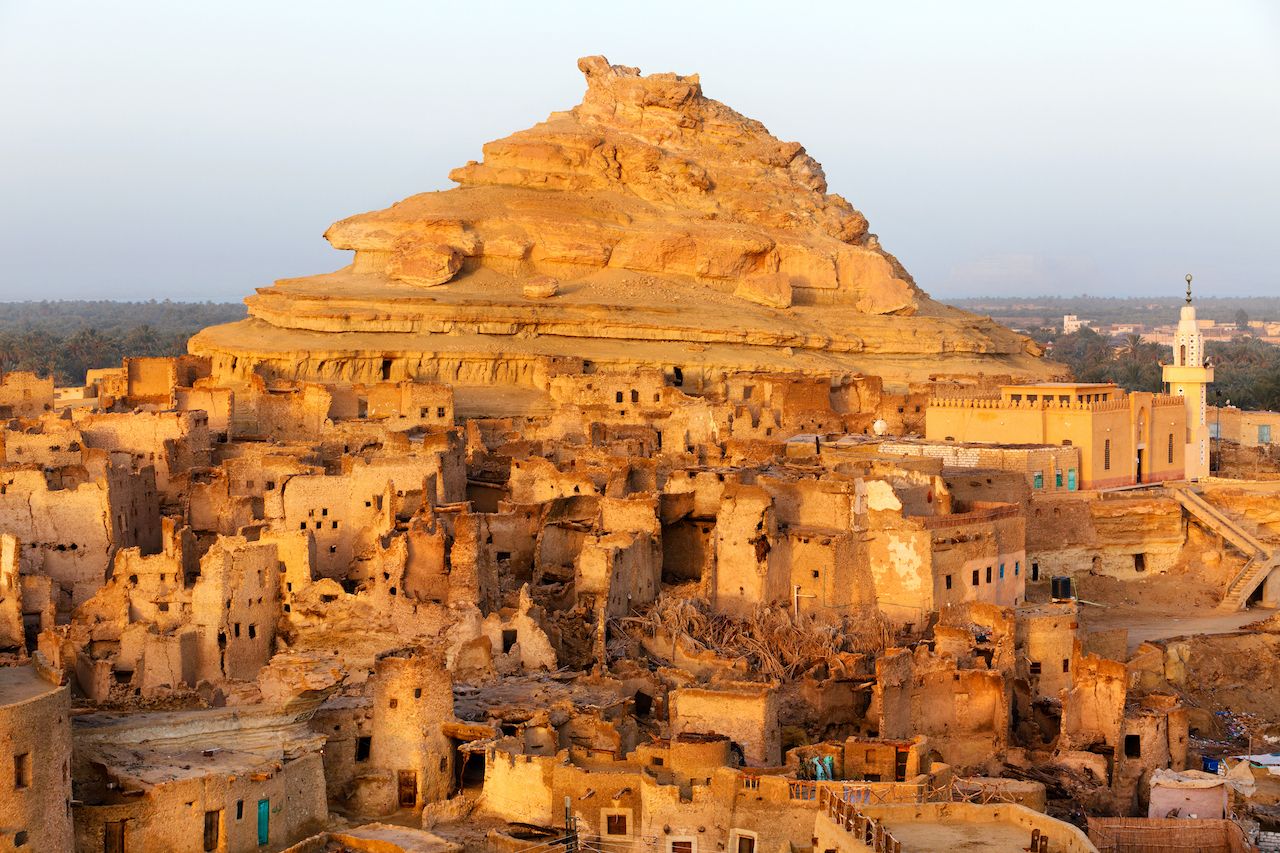
Temple of Amun, Siwa Oasis
If you’re making the long journey to Egypt’s Siwa Oasis, be sure not to miss the historic Temple of Amun. This significant religious site was dedicated to the Egyptian sun god Amun and home to an oracle – a purported manifestation of a god. Alexander the Great famously visited the Temple of Amun during his time in Egypt.
Today, the temple is in a poor state of preservation. Nonetheless, with some imagination, it’s not hard to picture what a grand building it would have been during its heyday. Visitors can follow in the steps of Alexander the Great by observing the temple and admiring the panoramic views of the Siwa Oasis.
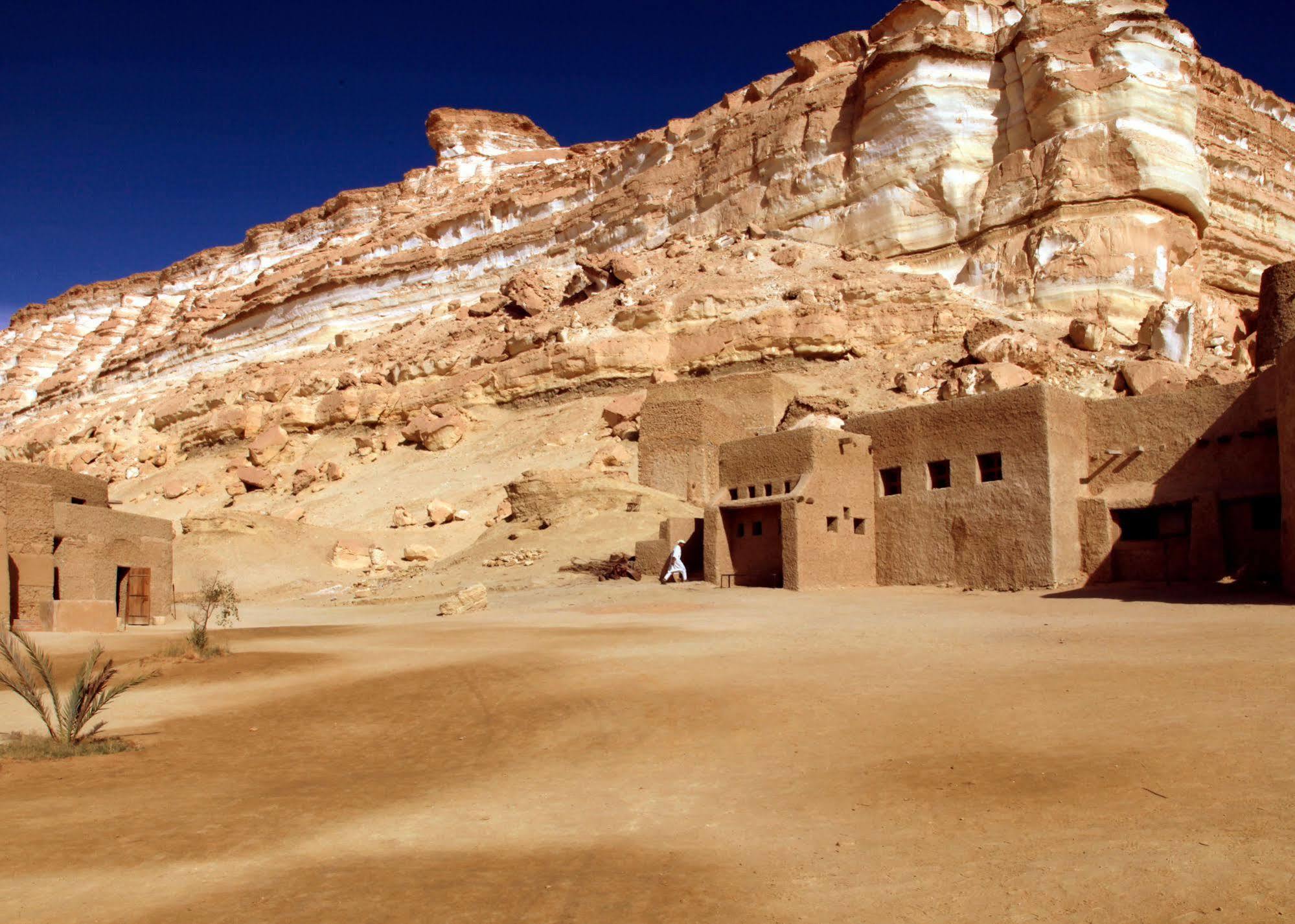
Beni Hasan, Minya
An ancient cemetery situated to the south of the modern city of Minya, Beni Hasan dates back to the Middle Kingdom period (c. 1938-1630 BC). The era’s officials were laid to rest in dazzling rock-hewn tombs at the site, many of which remain in a good state of preservation.
The more ornate tombs are thought to have been built for the region’s high elite, while more heavily populated shaft tombs would have housed people of lower status. Today, around four of the 39 tombs are open to public access, some containing hieroglyphs. There are a lot of steps to reach the site, but you’re rewarded with fantastic views of the Nile Valley.
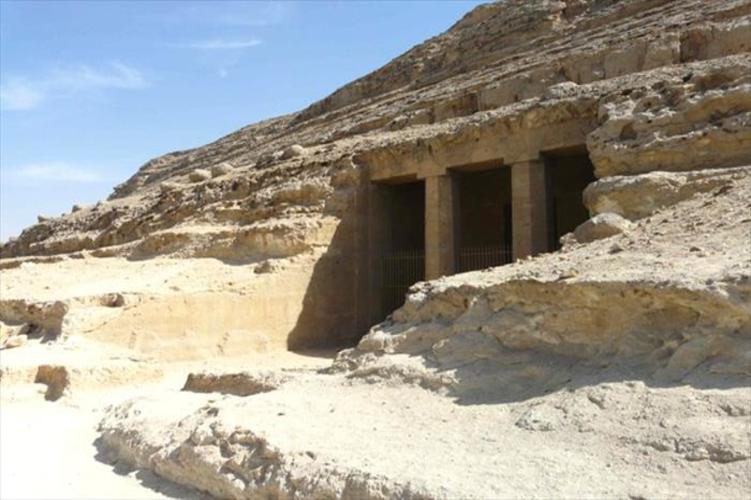
Coloured Canyon, Sinai Peninsula
Egypt’s Coloured Canyon is, true to its name, a collection of brightly coloured and magnificently textured rock formations. With snaking layers of stone, its walls stretch some 40 metres high and make for quite the spectacle. Situated on the country’s Sinai peninsula, the canyon’s nearest settlement is Nuweiba, but it can also be accessed via day trips from Dahab and Sharm El Sheikh.
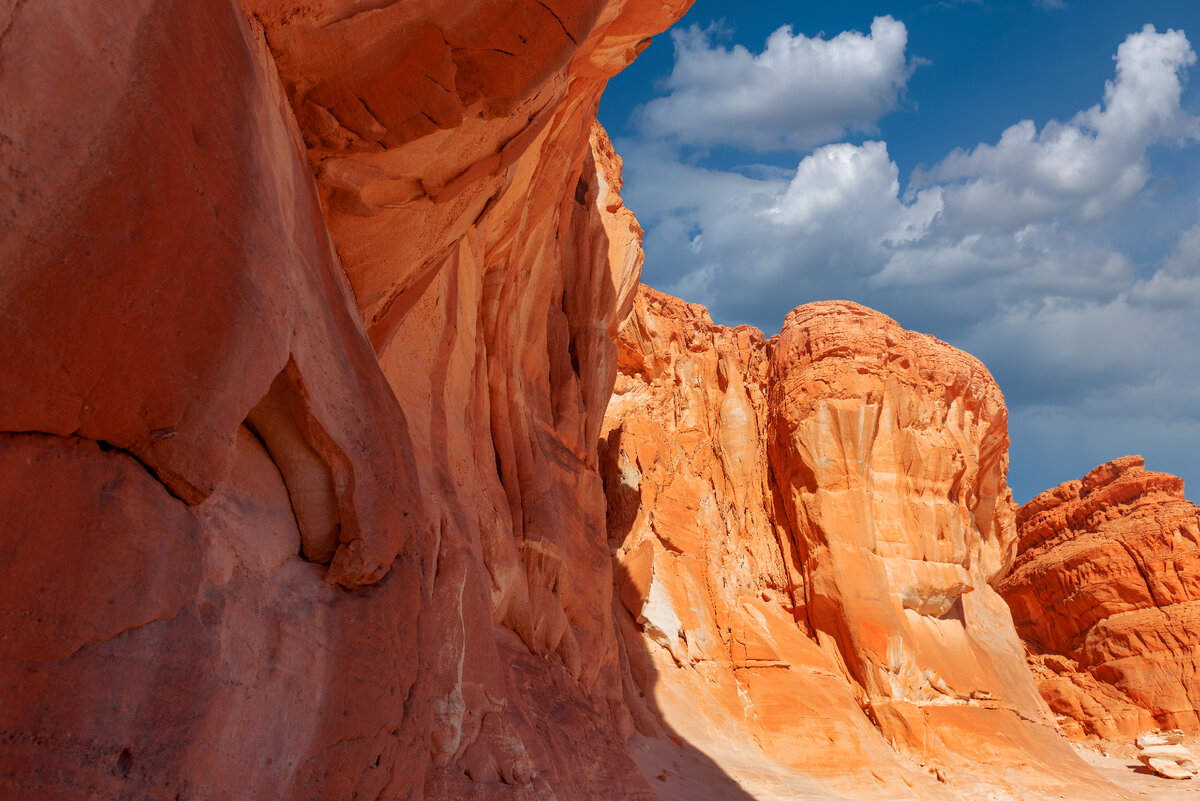
Nilometer, Rhoda Island
A Nilometer is an ancient instrument used to measure the level of the Nile river and predict its behaviour. Several existed in ancient times, with one still surviving on Cairo’s Rhoda Island. This Nilometer is essentially a marble column surrounded by stairs, from which priests would take readings of the water levels. While Nilometers existed some 5,000 years ago, this particular model was built in 861 AD, replacing an older model on the same site.

